Table of Contents
Introduction to Cayenne Pepper
Cayenne pepper is a vibrant red chili pepper derived from the Capsicum annuum plant, known for its intense heat and versatile culinary applications. Made from dried and ground cayenne peppers, this spice typically ranges from 30,000 to 50,000 Scoville Heat Units (SHU), placing it significantly hotter than paprika but milder than ghost peppers. Its distinct flavor profile combines fiery heat with subtle sweetness and smoky undertones, making it a staple in global cuisines from Mexican salsas to Indian curries.
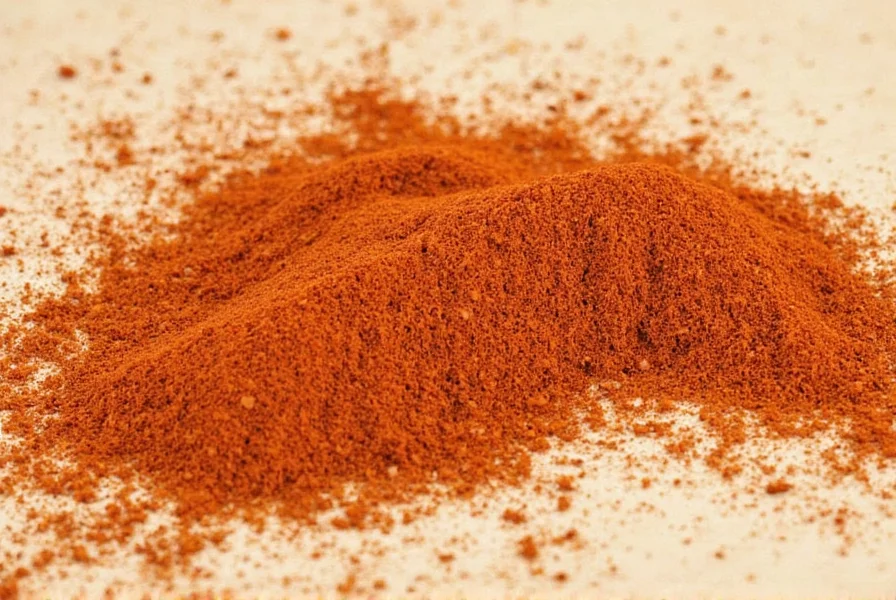
Unlike generic chili powders that blend multiple pepper varieties, pure cayenne pepper contains only Capsicum annuum peppers, ensuring consistent heat and flavor. This makes it ideal for adding controlled spice to dishes without overwhelming other ingredients. Whether you're new to spicy foods or a seasoned enthusiast, understanding how to use cayenne pepper effectively can transform your cooking experience.
Practical Tips for Using Cayenne Pepper
Mastering cayenne pepper requires precision due to its potency. Follow these expert tips to maximize flavor without overpowering your dishes:
- Start Small: Begin with a pinch (1/8 teaspoon) and gradually increase. Cayenne's heat builds quickly, and it's easier to add more than to fix an over-spiced dish.
- Balance with Complementary Flavors: Pair cayenne with acidic ingredients (like lime juice), sweet elements (honey or maple syrup), or creamy components (yogurt or avocado) to create balanced heat.
- Use in Marinades and Rubs: Mix with olive oil, garlic, and herbs for meat or vegetable marinades. Let proteins sit for 30+ minutes to absorb flavors deeply.
- Store Properly: Keep in an airtight glass jar away from light and heat. Proper storage preserves potency for up to 2 years.
- Avoid Direct Contact: Wear gloves when handling whole peppers or concentrated powder to prevent skin irritation. Wash hands thoroughly after use.
- Test Before Adding: For sauces or soups, taste a small portion before adding more cayenne to avoid accidental over-spicing.
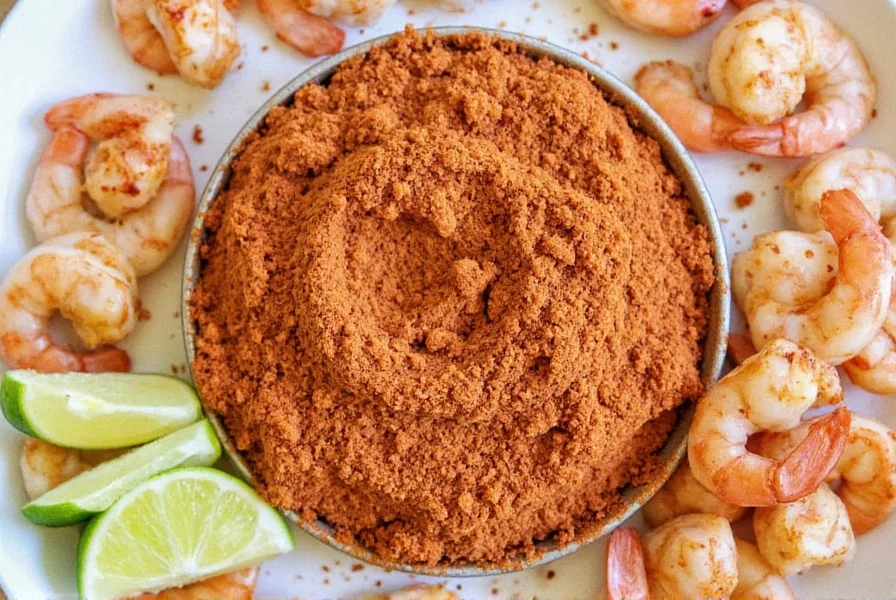
Understanding the Flavor Profile
Cayenne pepper offers more than just heat—it delivers a complex flavor experience. When tasted, it begins with a sharp initial burn followed by subtle sweet and smoky notes. This makes it uniquely versatile across cuisines:
| Spice | Heat Level (Scoville) | Flavor Notes |
|---|---|---|
| Cayenne Pepper | 30,000–50,000 | Spicy, slightly sweet, smoky |
| Chili Powder | 10,000–50,000 | Earthy, warm, sometimes sweet |
| Paprika | 0–1,000 | Smoky, sweet, mild |
| Chipotle | 2,500–8,000 | Smoky, tangy, slightly sweet |
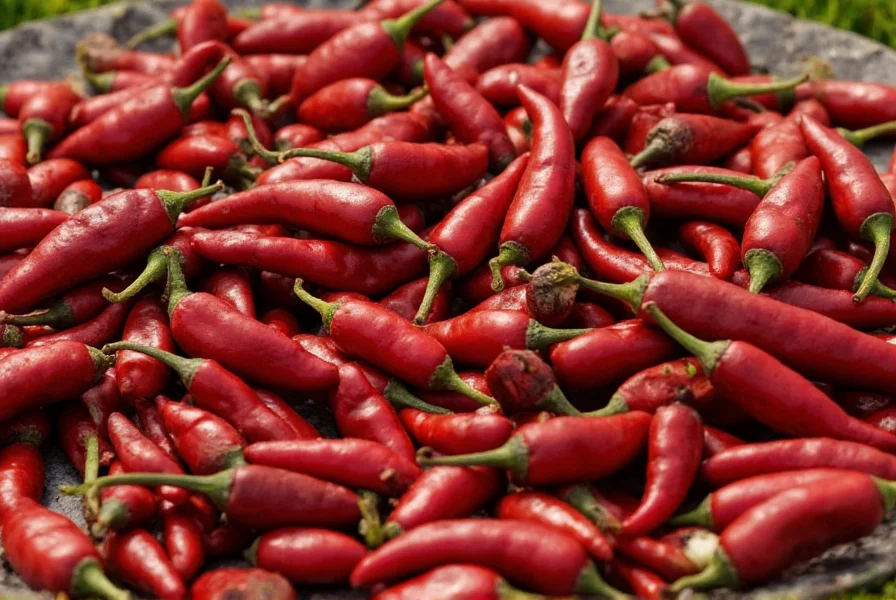
Unlike pure chili flakes (100,000+ SHU) or ghost peppers (855,000+ SHU), cayenne provides manageable heat for most palates while enhancing dishes without dominating other flavors. Its balanced profile makes it ideal for everyday cooking, from breakfast eggs to dinner entrees.
Buying Guide: How to Choose the Best Cayenne Pepper
Not all cayenne pepper is equal. Follow these criteria to select premium quality:
| Product Type | Key Features | Best Use Cases |
|---|---|---|
| Organic Cayenne Pepper | USDA-certified, no pesticides or additives | Health-conscious cooks, raw food diets |
| Coarse Ground Cayenne | Texture similar to coarse salt, visible particles | Seasoning grilled meats, sprinkling on finished dishes |
| Fine Powder Cayenne | Smooth, uniform consistency | Marinades, sauces, baking, spice blends |
| Blended Cayenne | Mixed with garlic, cumin, or other spices | Quick taco seasoning, chili recipes, rubs |
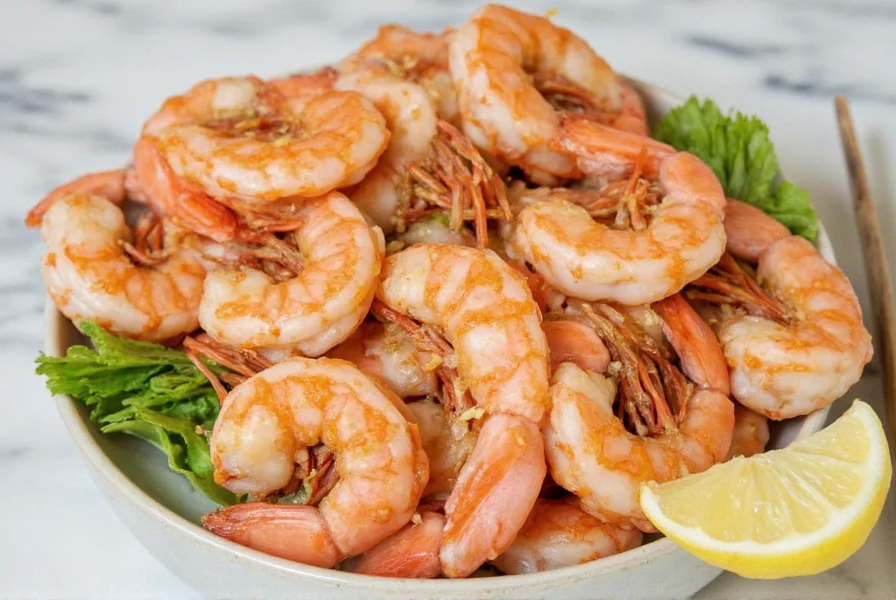
Always check the ingredient list: pure cayenne should contain only "cayenne pepper" or "ground cayenne pepper." Avoid products with fillers like wheat flour or rice powder. For maximum freshness, choose opaque, resealable containers over clear jars that expose the spice to light.
Creative Cooking Ideas with Cayenne Pepper
Expand your culinary horizons with these innovative uses for cayenne pepper:
- Spicy Chocolate Desserts: Add 1/4 teaspoon to brownie batter or hot chocolate for a sophisticated heat contrast.
- Smoked Salmon Dip: Mix cayenne with cream cheese, lemon zest, and dill for a zesty appetizer.
- Roasted Vegetables: Toss carrots or sweet potatoes with olive oil, cayenne, and smoked paprika before roasting.
- Spicy Fruit Salad: Sprinkle a pinch over watermelon or mango for a refreshing sweet-heat combination.
- Homemade Hot Sauce: Blend cayenne with vinegar, garlic, and honey for a customizable condiment.
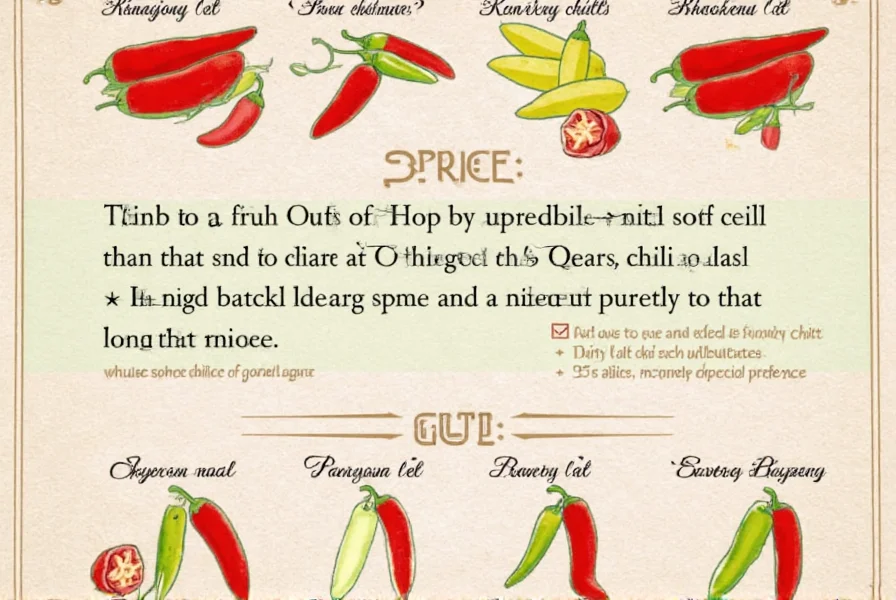
For a professional touch, create a signature spice blend: combine 2 parts cayenne, 1 part smoked paprika, and 1 part garlic powder for a versatile rub that elevates grilled meats and roasted vegetables.
Frequently Asked Questions About Cayenne Pepper
What's the difference between cayenne pepper and chili powder?
Cayenne pepper is made exclusively from dried cayenne peppers, while chili powder is a blend of multiple peppers (often including milder varieties) plus spices like cumin and oregano. Cayenne is significantly hotter (30,000-50,000 SHU) versus chili powder's 1,000-5,000 SHU range.
How hot is cayenne pepper compared to other spices?
Cayenne pepper (30,000-50,000 SHU) is 3-5x hotter than chipotle (2,500-8,000 SHU) and 30-50x hotter than paprika (0-1,000 SHU). It's milder than ghost peppers (855,000+ SHU) but significantly hotter than most common cooking peppers.
What are the science-backed health benefits of cayenne pepper?
Research shows cayenne's active compound capsaicin may boost metabolism (by up to 5%), reduce appetite, and support cardiovascular health. It also has anti-inflammatory properties and is rich in vitamins A and C. Always consult a healthcare provider before using for medicinal purposes.
Can I substitute cayenne for chili powder in recipes?
Yes, but use only 1/4 to 1/3 the amount of cayenne compared to chili powder. For example, replace 1 tablespoon chili powder with 1 teaspoon cayenne. Adjust to taste since cayenne is much hotter and lacks the earthy notes of chili powder blends.
How should I store cayenne pepper to maintain freshness?
Store in an airtight glass container in a cool, dark place away from heat sources. Properly stored, it retains potency for 1-2 years. Avoid plastic containers (which can absorb odors) and clear jars (light degrades quality).
What are signs my cayenne pepper has gone bad?
Fresh cayenne has a vibrant red color and strong, pungent aroma. If it turns dull brown, loses its smell, or tastes bland, it's lost potency. While not dangerous, expired cayenne won't deliver expected heat or flavor.
How can I fix a dish that's too spicy from cayenne?
Add dairy (yogurt, sour cream), sweetness (honey, sugar), or starch (potatoes, rice) to absorb heat. For soups or stews, dilute with additional broth or vegetables. Acidic ingredients like lime juice can also balance excessive spice.
Does cayenne pepper help with weight loss?
Studies indicate capsaicin may temporarily increase calorie burning by 4-5% and reduce appetite, but effects are modest. It should complement—not replace—a balanced diet and exercise routine for sustainable weight management.
Conclusion
Cayenne pepper is a culinary powerhouse that transforms ordinary dishes into extraordinary experiences. Its unique balance of heat, sweetness, and smokiness makes it indispensable for home cooks and professional chefs alike. By understanding its flavor profile, mastering storage techniques, and experimenting with creative applications, you can harness its full potential in the kitchen.
Remember: the key to success with cayenne is precision. Start with minimal amounts, taste as you go, and gradually build heat to match your preference. Whether you're seasoning a simple roasted vegetable or crafting a complex sauce, this versatile spice will consistently deliver depth and excitement to your meals.
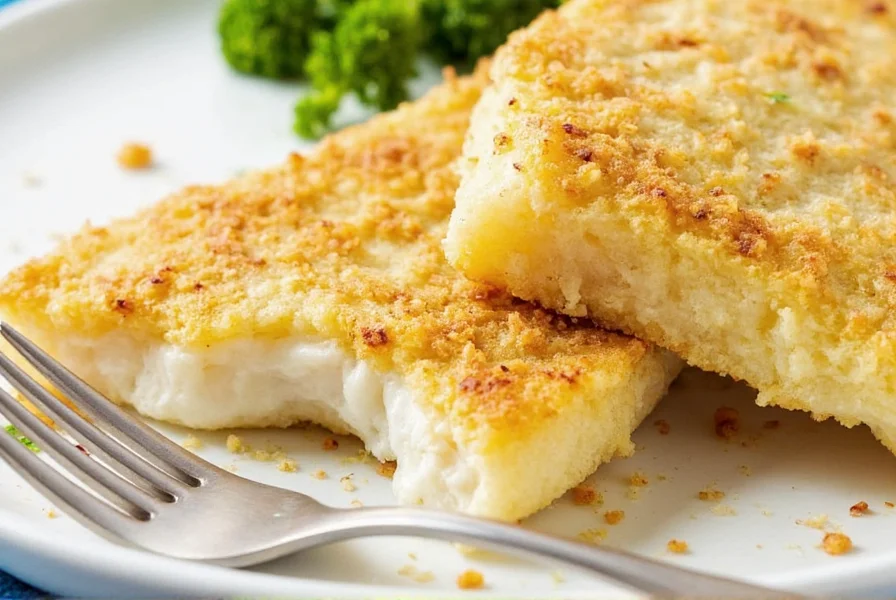
With proper knowledge and technique, cayenne pepper becomes more than just a spice—it's a gateway to new flavors and culinary adventures. Keep a high-quality container in your pantry, and you'll never miss an opportunity to add that perfect spicy kick to your creations.

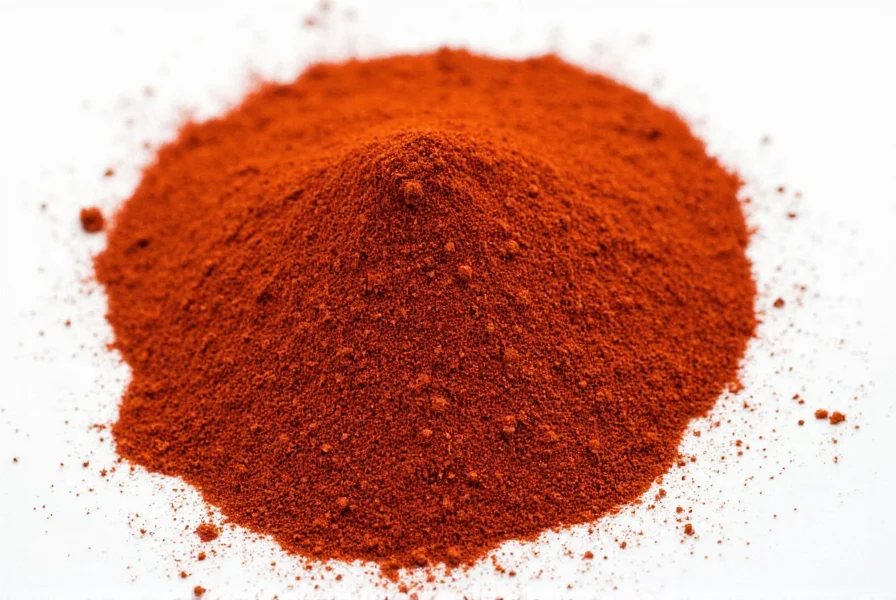









 浙公网安备
33010002000092号
浙公网安备
33010002000092号 浙B2-20120091-4
浙B2-20120091-4